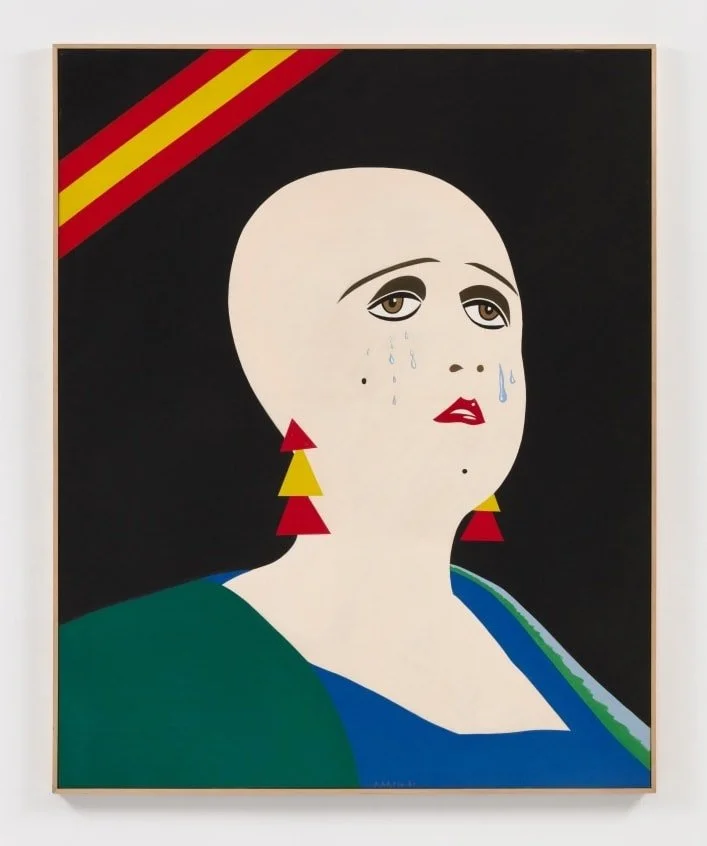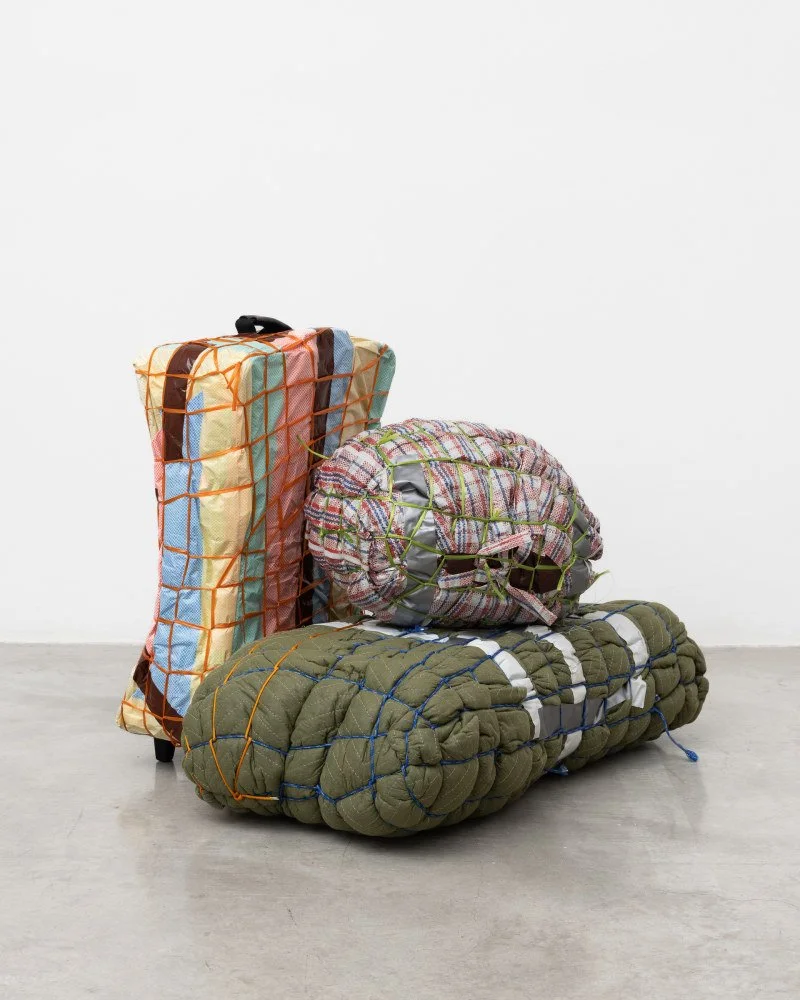Penny Slinger
“50% Unboxed”
New York, 540 West 25th Street
On view in the gallery’s first-floor library, the exhibition, titled 50% Unboxed, will feature selections from Slinger’s iconic 1971 artist’s book and collage series 50% The Visible Woman, through which the artist investigates the mapping and unveiling of the feminine subconscious. Alongside these historic works, the exhibition will also include Slinger’s new photo collage series My Body in a Box (2020-21). Pace’s presentation follows Blum & Poe’s 2021 exhibition of Slinger’s work, titled 50/50, in Los Angeles.
Originally created in 1969 as a hand-constructed, snakeskin-bound book for the artist’s thesis project at the Chelsea College of Art in London, 50% The Visible Woman was Slinger’s response to her discovery of Surrealism, which has had a pivotal impact on her practice. An homage to Max Ernst, the book includes photocollage and concrete poetry, artworks with which Slinger sought to rectify the fraught portrayals of women and the void of feminine authorship in the male-dominated surrealist milieu. "Having discovered the magic of Surrealism, I wanted to employ its tools and methods to create a language for the feminine psyche to express itself,” the artist has said. The book’s binding alternates between sheets of poetry and photocollage imagery—her poems are typed onto semi-transparent tissue paper, allowing the prose to interact directly with their visual counterparts beneath. Words take on curvilinear shapes in response to the images beneath them.
In 2021, Slinger released a new edition of her book 50% The Visible Woman, presenting her photomontage works and poetry unabridged for the first time. The book also features a conversation between Slinger and fellow artist and friend Linder.
Among the works from this series in Pace’s forthcoming exhibition is The Dialectics (1969), an image of a totem of dismembered, floating body parts. Some body parts appear as didactic diagrams, and others are plucked from an image of a woman in mime costume, with shadows reaching in every direction.
Slinger appropriates Surrealism’s language and themes—woman's body as object, dream-state as entrance into the unconscious, and sexual and bodily desires—and applies them in analysis of Surrealism itself and its culture. Slinger inserts herself into this art historical lineage and takes ownership of a visual lexicon that had previously objectified her. Installed alongside her collage works is a sonic accompaniment produced in collaboration with musician Lydia Lunch.
Another highlight of the presentation is My Body in a Box, which Slinger created during the pandemic as part of an exploration of psychological entrapment and its attendant fears. As in her work from the 1960s, the artist uses her own image and body— photographed by her creative partner Dhiren Dasu—as subject to process a range of feelings and reactions.
In conjunction with this exhibition, Spectacle Theater in Brooklyn will present Alchemy & Ecstasy, a screening series of Slinger’s films. The program will feature early films produced in the late 1960s in tandem with the works in Pace’s exhibition, as well as a recent animated feature. The artist will participate in a live Q&A at the theater on Saturday, September 17.






